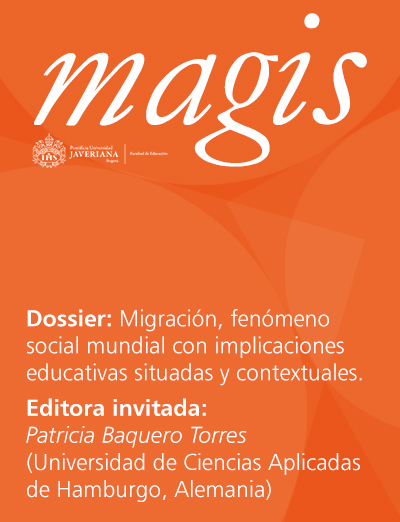Resumen
Este artículo examina las limitaciones y las posibilidades de los discursos y de las prácticas de inclusión entre estudiantes negros inmigrantes en las aulas donde se enseñan la matemática reformada. Utiliza datos de un estudio cualitativo más amplio sobre la educación de profesores de la matemática en escuelas chilenas marginales. Conceptualizaciones sobre las dinámicas de la exclusión y de la inclusión nos ayudan a explicar cómo la enseñanza de la matemática reformada acarrea gestos dobles: por un lado, de la esperanza (en cuanto a “nosotros”) y, por el otro, del miedo (en cuanto a “los otros”). Los resultados muestran evidencias que las reformas y las políticas educacionales están empotradas en un sistema racionalista, el cual históricamente representaban a los negros como invisibles e inferiores y así perjudicaba las posibilidades de la inclusión de niños negros.

Esta obra está bajo una licencia internacional Creative Commons Atribución 4.0.
Derechos de autor 2022 Luz Valoyes-Chavez, Melissa Valeska Andrade-Molina


